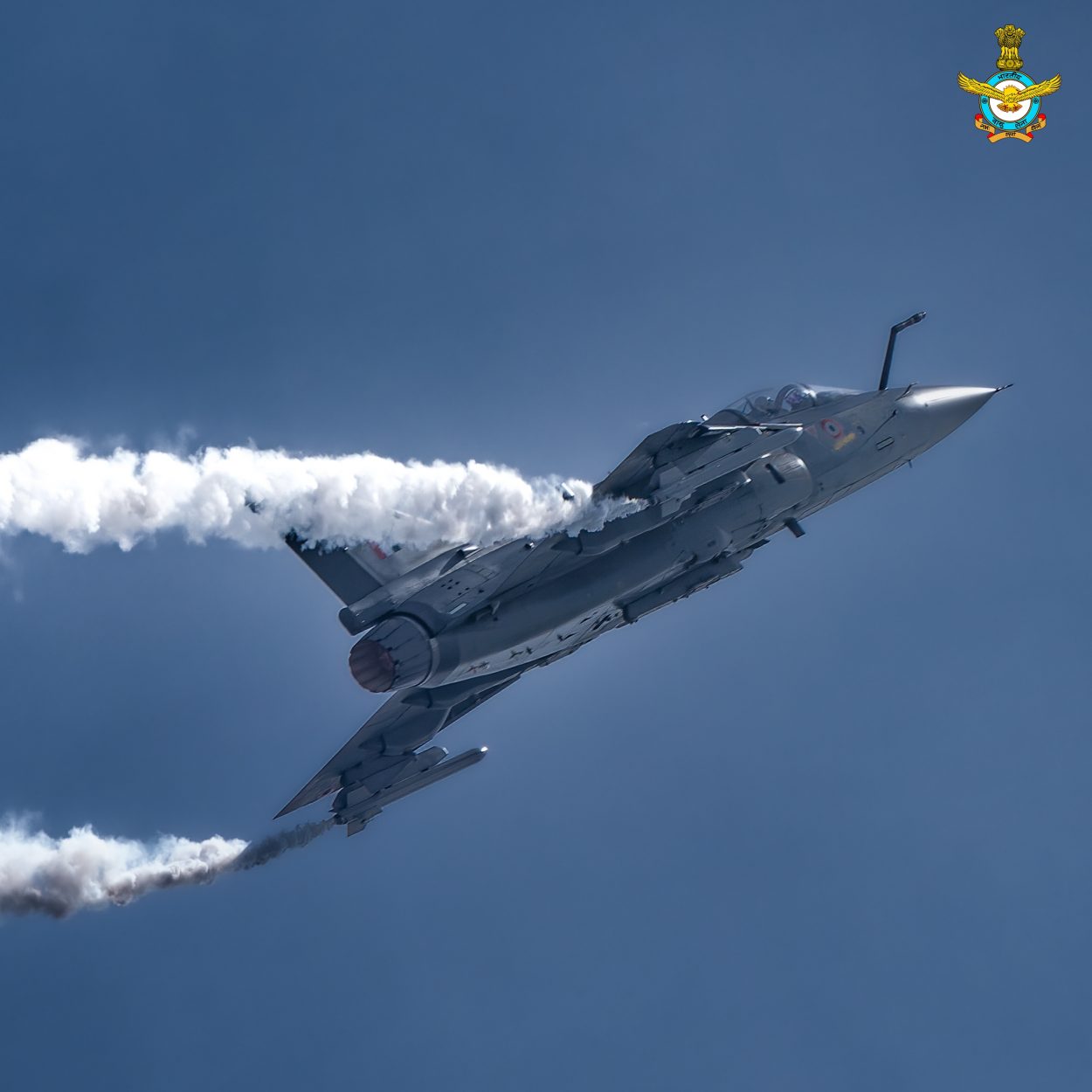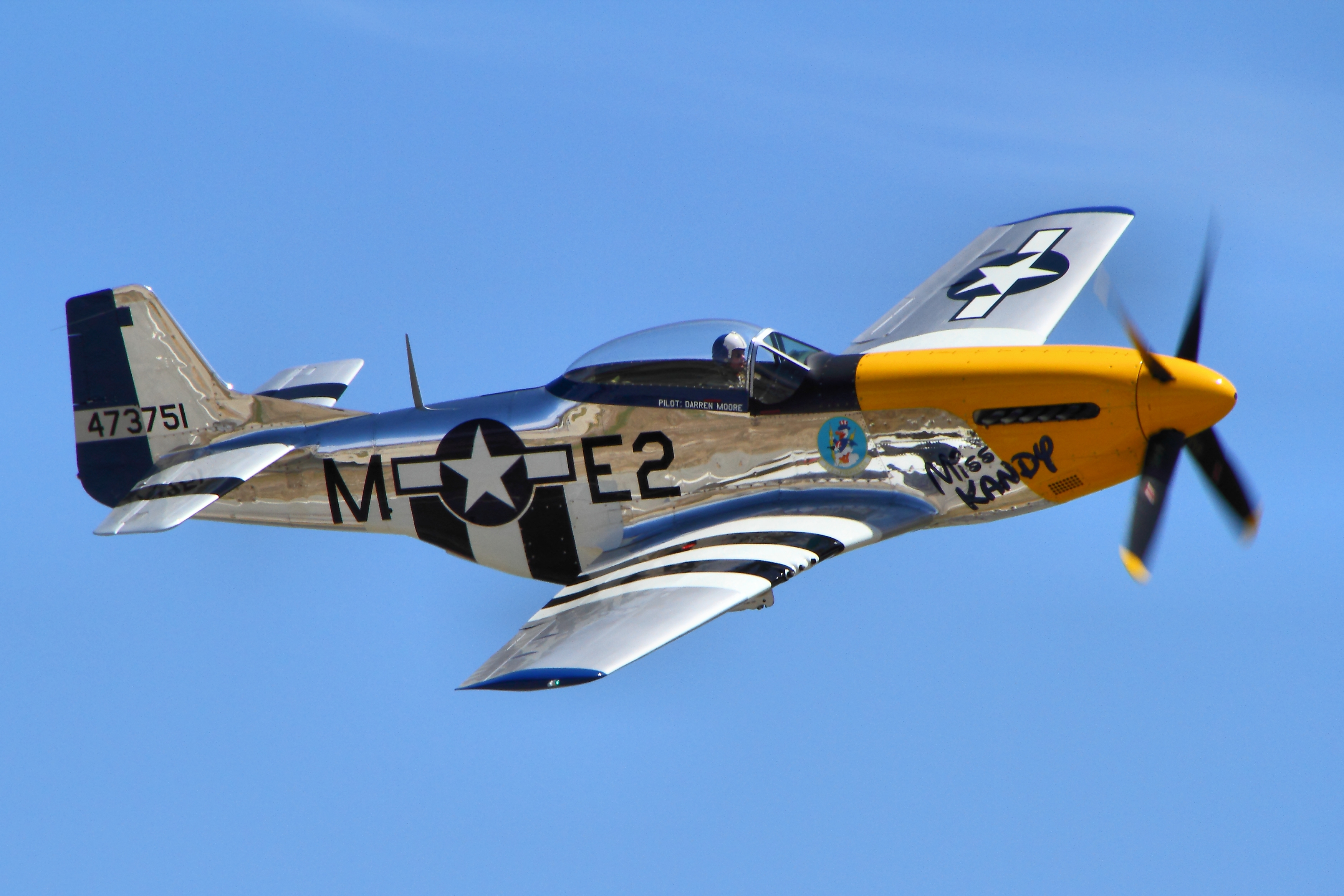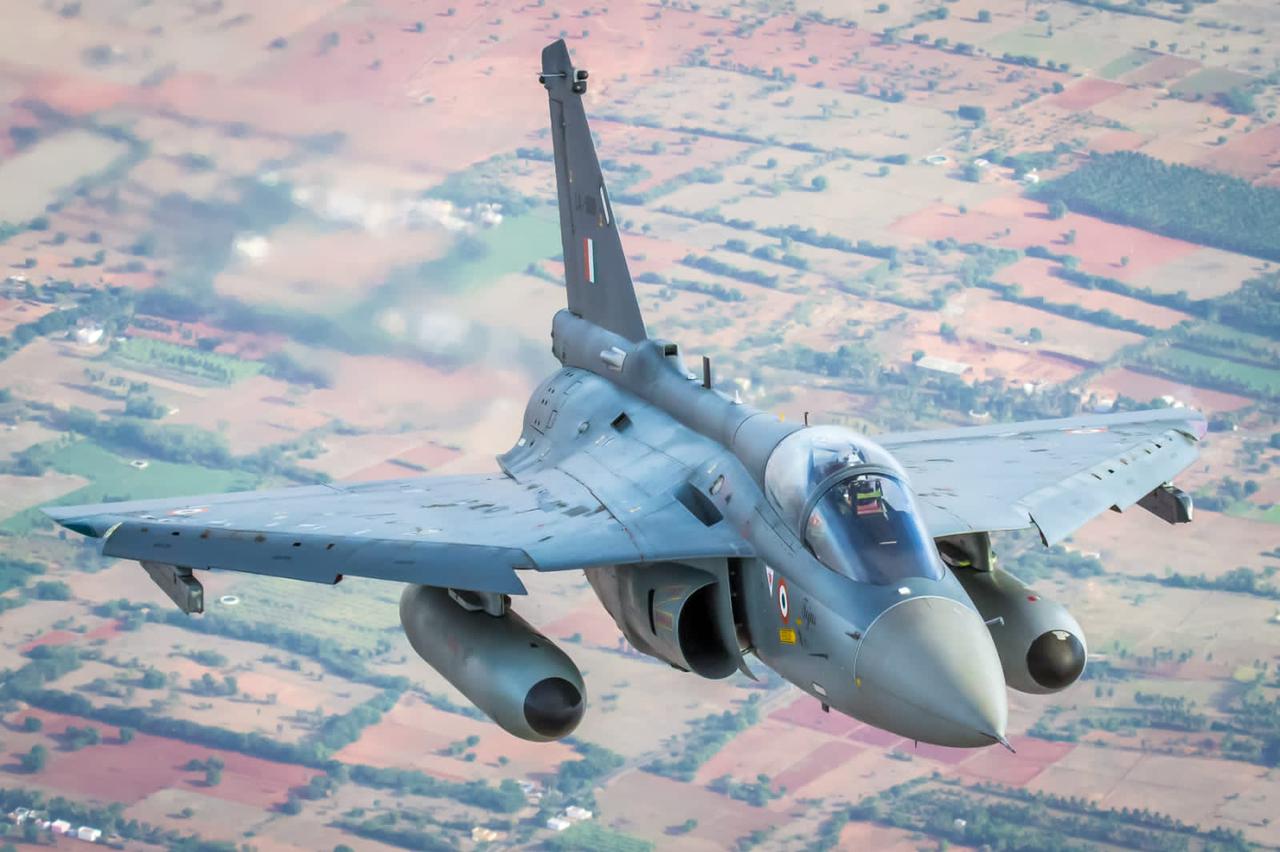The demand for light combat aircraft appears to be growing despite the high popularity of top-of-the-line fighter jets such as the F-35, F-15EX, Su-35, Su-57, Eurofighter Typhoons, Rafale and Gripen jets.
For instance, a big country like India with mammoth security risks has indigenously developed an LCA — Tejas — despite having a fleet of quite capable fighter jets including Mirage 2000s, Jaguars, Sukhoi-30MKIs, and the French Rafale.
The country is also in the process of developing its own futuristic combat aircraft, the AMCA.
Similarly, Turkey is producing its own LCA Hurjet even though it has been lobbying hard for the American F-35, a deal it lost as a result of its purchase of the Russian S-400 air defense system. Additionally, Ankara is also in the process of manufacturing its own fifth-generation fighter jet, TF-X, just like India.
China, another powerful country, has the L-15 jet, a trainer aircraft and JF-17 that it developed with Pakistan. With the J-20 stealth fighter already operational and the J-31 on the way, China has some of the most powerful aircraft in its inventory but still bets big on light combat fighters which it is also looking to export.

The Demand For Light Combat Fighters
A lightweight combat jet is an aircraft that falls within the viable range of weight, cost, and complexity for fighters. In order to provide cost-effective design and performance, the lightweight fighter preserves carefully selected competitive qualities.
Some manufacturers have adopted the term “light fighter” to refer to air-to-ground attack aircraft, which can be modified as trainer jets.
Even though the LCA have hogged the limelight in recent years, their combat efficiency has a history that dates back to World War II. Fighters in the light to middle-weight range proved to be the most effective during WW II.

Due to the higher surprise factor and maneuverability, these aircraft could even outperform heavy fighters in combat. They were also less expensive, enabling their deployment in large numbers.
Some single-engine fighters, such as the P-51 Mustang and the A6M Zero, could match or even outrange their heavy twin-engine counterparts in terms of range.

Modern lightweight fighters are designed to be equipped with capable weaponry that meets the primary criteria for air-to-air combat effectiveness while reducing maintenance and operational expenses.
A lightweight fighter has a low radar signature due to its small size. Radars have a hard time detecting these fighter jets, making target acquisition a difficult process. Because of these characteristics, the light fighter pilot has a considerably better chance of seeing the heavy fighter first and firing a crucial first shot.
There are many criteria to describe light fighters, the most popular of which are single-engine, low operating cost, lower range, low weapon package. However, the classification is not limited to these parameters.
In the modern strategic scenario, the resurgence in their demand would be worth probing. The EurAsian Times spoke to Air Force veterans and defense experts to find out more about the appeal of LCAs in modern times.
According to Air Marshal (retd) Pranab Kumar Barbora, former Vice Chief of Air Staff, “Countries usually look at three categories of fighter jets when manufacturing an aircraft or making a purchase — the light, the medium, and the heavyweight fighter. A lightweight fighter is an aircraft built primarily for air defense but has ground offensive capabilities as well, making it a multi-role light fighter.
“For a country that is small or has a limited sphere of influence and limited security challenges, LCA could be very useful. It is undoubtedly cheaper, easier to maintain, and has a short time of takeoff and landing — as is necessary for an air defense aircraft.
Most LCAs have air-to-air refueling capacity, which means they could also travel long distances like the heavy fighter that have more fuel due to their bigger size. So, even the endurance of a light fighter could be sorted,” Barbora said.

“For example, the Indian Tejas is a capable aircraft. It has excellent fly-by-wire capability, weapons, and a nice radar and there have been no crashes. India is marketing its LCA to countries in Southeast Asia like Malaysia and smaller Gulf countries because these aircraft would serve the purpose of air defense and limited offensive operations the best,” he added.
Squadron Leader Vijainder K Thakur (retd), a military analyst and former IAF Jaguar pilot said, “LCAs remain relevant despite the availability of more capable medium & light fighters. Smaller nations with limited budgets have shown renewed interest in light fighters. They are constrained by their limited range and weapon loads. Their limited endurance makes them unsuitable for air dominance.
“However, they have some advantages over heavyweight fighters. Equipped with good radar & BVR air-to-air missiles they can add a lot of heft to strike packages. For a given budget, the lower cost of Light fighters facilitates acquisition in larger numbers.
When the geographical spread of hostile borders is large, as is the case with India, larger numbers count because they allow effective coverage of the border leaving no gaps. Covering the entire spread of India’s hostile borders with medium and heavy fighters only would be too expensive.
“Light fighters can be more cost-effective than medium or heavyweight fighters when they are deployed exclusively for air defense, by a relatively smaller nation with limited airspace”, Thakur added.

Amit Gupta, an Associate Professor of Indo-Pacific Studies at the USAF Air University Culture and Language Center, explains why many countries might not need a 4.5th or 5th generation advanced aircraft in an article written for the EurAsian Times. He said, “If we look around the world, the airpower requirements of most nations are not centered around the expensive fifth or 4.5-generation fighters like the F-35 Lightning, the French Rafale, or the Typhoon Eurofighter.
“Instead, their needs range from surveillance to prevent smuggling, poaching, and environmental disasters to fighting counterinsurgencies. Thus, the Italian Air Force now finds itself tracking illegal immigration and the Norwegians carefully monitor their North Sea oil facilities to ensure that they can track a potential oil spill.
“Nigeria found that its Jaguar fast jets were not useful in combatting Boko Haram and, instead, bought the Brazilian Super Tucano which allowed for loiter time over the battlefield to strike at insurgent forces. Brazil continues to face the environmental degradation of the Amazon monitoring, which cannot be done by the impressive Gripen fighter.”
All of these observations suggest that light combat aircraft are here to stay and will be used for air defense, if not air supremacy, by the countries with smaller military budgets. which do not desire air dominance in the first place. Additionally, nations facing minimal military threats may find light combat fighters to be game-changers.
- Contact the author at sakshi.tiwari9555@gmail.com
- Follow EurAsian Times on Google News




